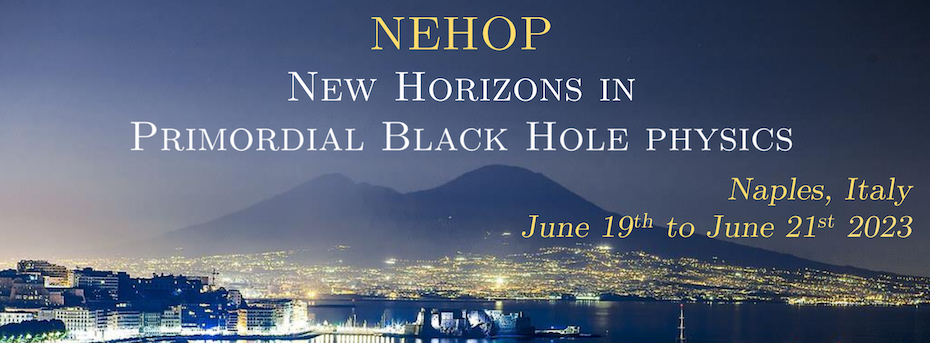Speaker
Description
Ultra-low mass primordial black holes (PBH) which may briefly dominate the energy density of the universe but completely evaporate before the big bang nucleosynthesis (BBN), may lead to interesting observable signatures. We propose a novel test of this scenario by detecting its characteristic doubly peaked gravitational wave (GW) spectrum in future GW observatories. Here the first-order adiabatic perturbation from inflation and from the isocurvature perturbations due to PBH distribution, source tensor perturbations in second-order and lead to two peaks in the induced GW background. These resonant peaks are generated at the beginning of standard radiation domination in the presence of a prior PBH-dominated era. We explore the possibility of probing a class of baryogenesis models wherein the emission of massive unstable particles from the PBH evaporation and their subsequent decay contributes to the matter-antimatter asymmetry. We then include spinning PBHs and consider the emission of light relativistic dark sector particles, which contribute to the dark radiation (DR) and massive stable dark sector particles, thereby accounting for the dark matter (DM) component of the universe. The ISGWB can be used to probe the non-thermal production of these heavy DM particles, which cannot be accessible in any laboratory searches. For the case of DR, we find novel complementarity measurements of ΔNeff from these emitted particles and the ISGWB from PBH domination. Our results indicate that the ISGWB has a weak dependence on the initial PBH spin. However, for gravitons as the DR particles, the initial PBH spin plays a significant role, and between the only above a critical value of the initial spin parameter a∗, which depends only on initial PBH mass, the graviton emission can be probed in the CMB experiment. In the second part of the talk we will discuss how such a PBH-dominated era can be probed successfully using gravitational waves (GW) emitted by local and global cosmic strings. In addition to the step-like suppression of the GW spectrum, we propose a novel feature -- a knee in the step -- which provides information on the duration of the PBH-dominated era. Detecting GW from cosmic strings by detectors like LISA, ET, or BBO would set constraints on PBHs with masses between $10^6$ and $10^9$ g for local strings with tension $G\mu = 10^{-11}$, and PBHs masses between $10^4$ and $10^9$ g for global strings with symmetry-breaking scale $\eta = 10^{15}~\mathrm{GeV}$.

